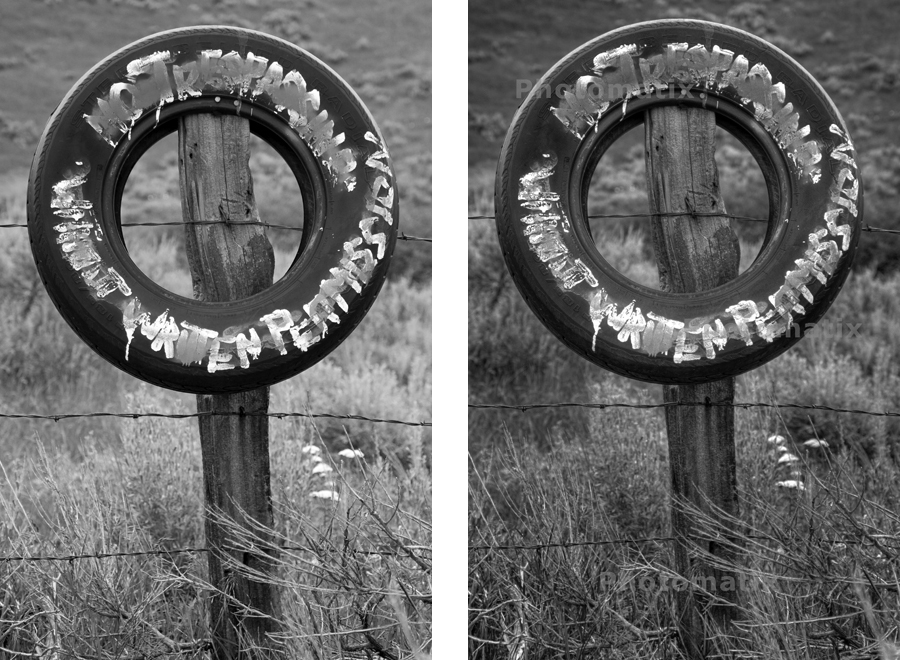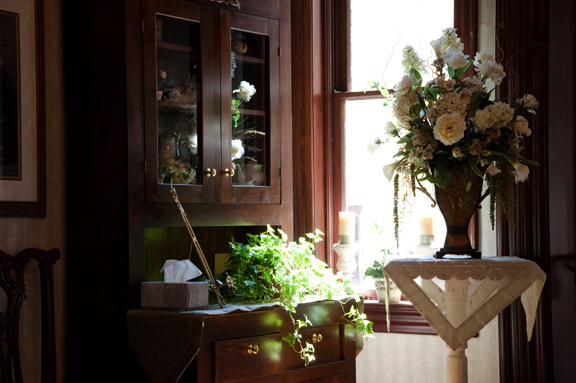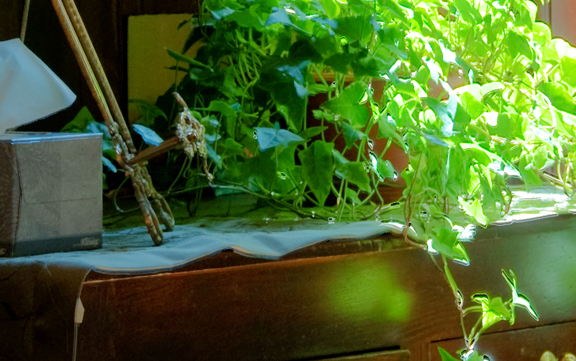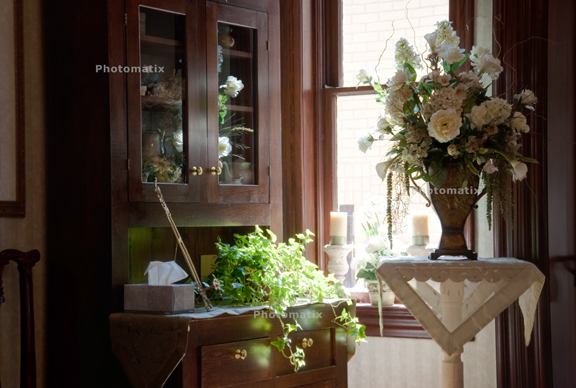First, just to get it out of the way, I have a thing for signs. Texture and signs. Better yet, texture on signs. Someday maybe we’ll get into the why. For now, we’re just going over the how. Particularly, the how as it relates to HDR.
I did two shots today. For both I put the camera on a tripod to get past the registration issue I had with Photomatix on my last set of hand helds. I also shot 5 shots of each, 2 stops each side of correct. I’ve only done 3 shots before, 1 stop either side of correct.
These were taken on an overcast day, very flat light. So not much contrast, beyond the contrast within the subject itself. One had a lot, the other not so much.
The first one is a painted metal sign on a metal post. I liked the color transitions from the weather induced fading. Some subtle texture on the post. And the bullet holes – always an interesting commentary on man’s base instinct when you put a gun in his hand. Sorry, I regress…
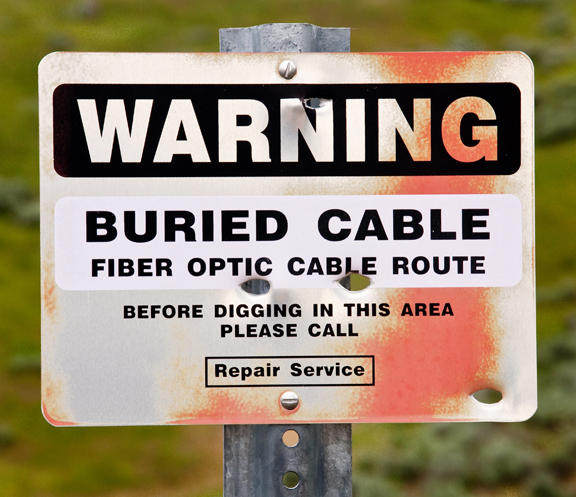
This is the straight, non-HDR image at the correct exposure.
I Lightroom’d it – adjusting the white and black points – a lot (flat subject in flat light). Popped the color balance, burned the edges and cropped in tighter.
This is the HDR image, after the same basic Lightroom adjustments (after the HDR process). The only significant difference was the white/black point adjustments weren’t as dramatic.

Still using the demo copy of Photomatix – hence the watermarks…
The differences are not dramatic. The most obvious difference is the blacks aren’t as intense in the HDR. Normally I like the more powerful blacks. Pops more. But as you spend more time on the HDR image you start to see more subtle details, a bit more detail overall. And that would be why the black isn’t as intense – there’s more detail in there. Check out the orange overlay on the left side of the black bar around ‘WARNING’. It’s completely gone on the straight image.
The second is another, more creative sign.
This is the non-HDR image at the correct exposure with the same Lightroom adjustments as the previous image, without the edge burning:
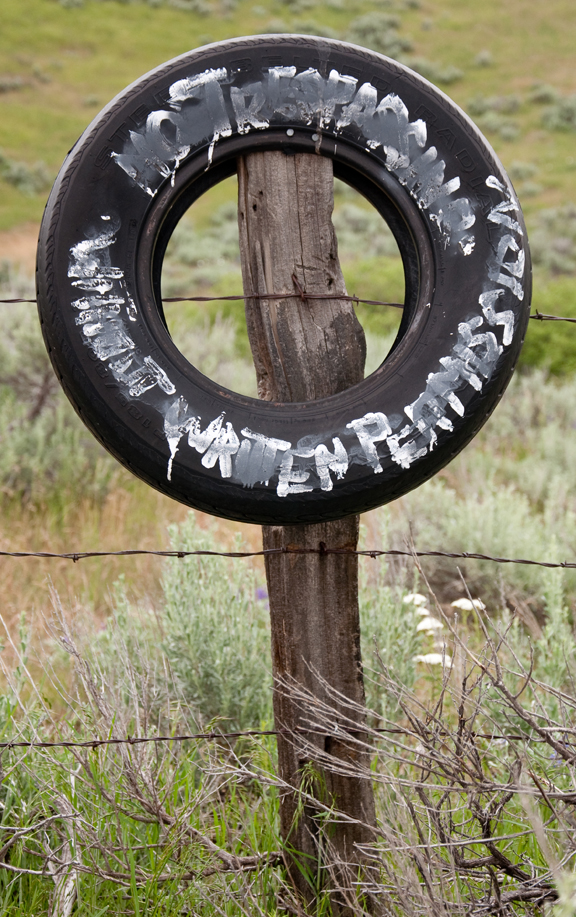
In this case there is a lot more detail in the image itself due to the white paint on the black tire.
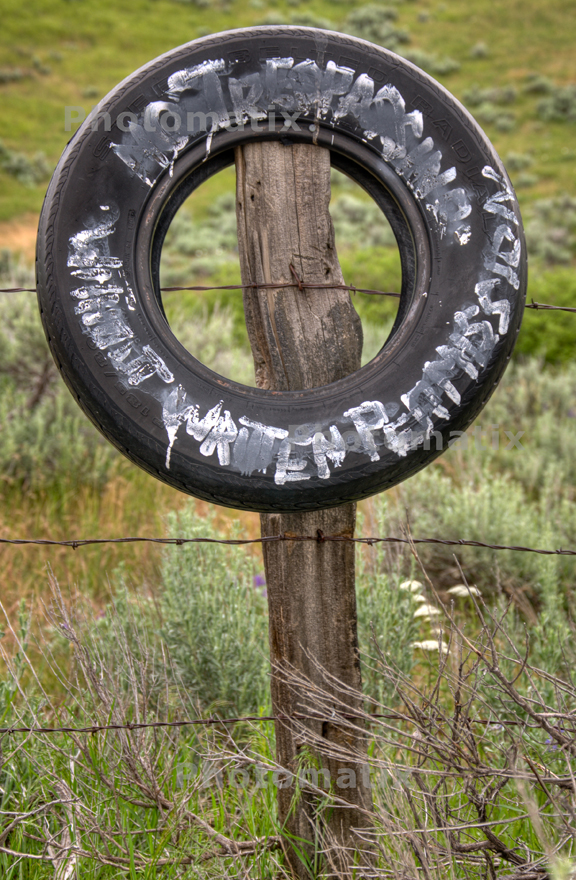
Again, the blacks are less dynamic in the HDR because it captured a great deal more detail than in the straight image. It is more obvious in the tire over the metal sign because there is so much more detail in the blacks of the tire than in the black paint on the sign.
The greens in the back ground are also much richer in the HDR than in the straight image. That would be due to the difference in the range between the black of the tire and the background in the base exposure. In order to lighten up the tire in the ‘correct’ exposure it over exposed slightly, washing out the background colors. The HDR composite was able to restore that.
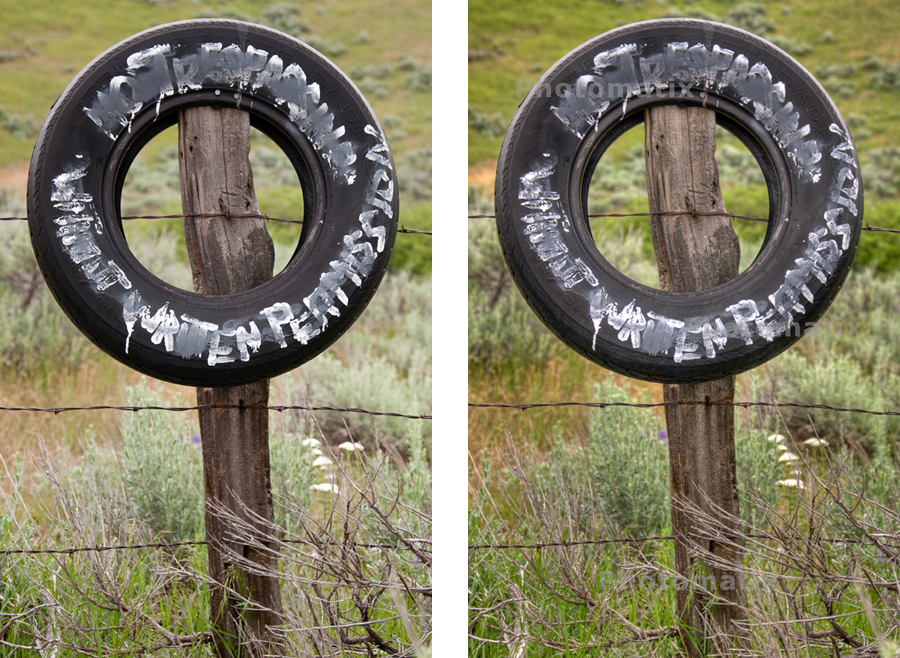
Overall – I really like the effect. Very much like the effort I made in my Black and White with my Simplified Zone process.
—
As a follow up to my previous post about whether HDR is a Fad or a valid technique. The HDR images that are out there are all powerful, very dramatic images. A lot of detail. But, in a general sense, they push the image to the side of dramatic impact. And it works. But I think that is what many people are pushing back against when they rip on HDR.
What I like about it is the exact opposite. It is the ability it gives me to capture and display the subtle detail that is lost due to exposure range limits. With my Simplified Zone I’d meter the highlight, the black and determine the number stops in between. I’d expose the image between the range marks. Then I’d adjust the development to push the range out or pull it in, depending on the range between the stops. It only really worked on the view camera since I could process each exposure individually. I’m doing the exact same thing here for the same reason – to get the full range of detail.
That – I believe – is the valid, long term use that HDR provides. The other, while beautiful and powerful, I expect will go the way of other fads. It will fade away when something else comes along.
Meanwhile, the serious artist will use it subtly, carefully and to great affect.


